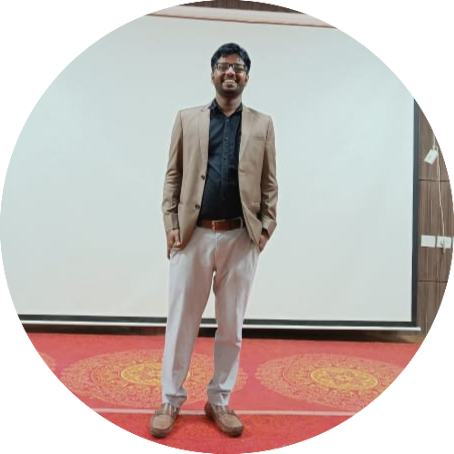What is a lung disease?
Any disorder or problem with the functioning of the lungs is referred to as a lung disease. Lung diseases may affect the airways, air sacs, interstitial lining between the air sacs, pleura (lining of the lungs), chest wall and blood vessels of the lungs. The most common lung diseases are asthma, tuberculosis, bronchitis, chronic obstructive pulmonary disease, pneumonia, pulmonary fibrosis, pulmonary oedema, blocked artery of the lungs and lung cancer.
What are its main signs and symptoms?
It is very important to pay attention to even the mildest of symptoms related to the lungs. Following are the warning signs of lung disease:
- A persistent cough.
- Fever.
- Shortness of breath.
- A wheezing sound from the chest.
- Prolonged mucus production.
- Coughing up blood.
- Chest pain.
What are the main causes?
There are a number of different causes for different lung diseases. They are as follows:
- Bacterial, viral or fungal infections.
- Air pollution.
- Smoking or exposure to smoke.
- Allergens like dust and pollen.
- A family history of autoimmune diseases.
- Occupational exposure to chemical fumes or irritants like asbestos.
- Congenital heart disease or genetic mutation.
- A family history of lung cancer.
- Having cancer in other parts of the body.
- A weak immune system.
How is it diagnosed and treated?
The diagnosis of a lung disease begins with a detailed medical and family history of the person to find out the underlying cause of the disease. This is followed by diagnostic tests, such as:
- Chest examination.
- Sputum or mucus examination.
- Blood investigation to detect proteins, antibodies and markers of autoimmune diseases.
- Imaging of the lungs by X-ray, CT scan, and chest MRI.
- ECG.
- Bronchoscopy.
- Pulmonary function tests like spirometry and pulse oximetry.
- Tissue biopsy or bronchial lavage (a kind of lung wash) testing.
Your chest specialist will decide the treatment depending on the type of pulmonary disease you have. The treatment modalities are as follows:
- Medications:
- Antibiotics, antiviral and antifungal drugs along with antipyretics (medications for fever) to treat infections.
- Antiinflammatory drugs to control swelling in the lungs (pulmonary inflammation).
- Corticosteroids may be given as an inhalable, infusion and/ or oral preparations for asthma.
- Antitubercular drugs to treat tuberculosis.
- Antifibrotic medications to slow down fibrosis in the lungs.
- H2 - receptor antagonist to control acid reflux causing the lung disease.
- Oxygen therapy to ease breathing.
- Lung rehabilitation.
- Lung transplant surgery in severe cases of lung damage.
Using protective masks to avoid smoke and pollution, quitting smoking, practising regular yoga and pranayama (breathing exercises) help to avoid lung problems. Taking regular medication, regular follow-ups and advice from your specialist help to control and cure the lung disease.

 Doctors for Lung Disease
Doctors for Lung Disease  OTC Medicines for Lung Disease
OTC Medicines for Lung Disease
 Lung Disease articles
Lung Disease articles








 Editorial Team
Editorial Team











